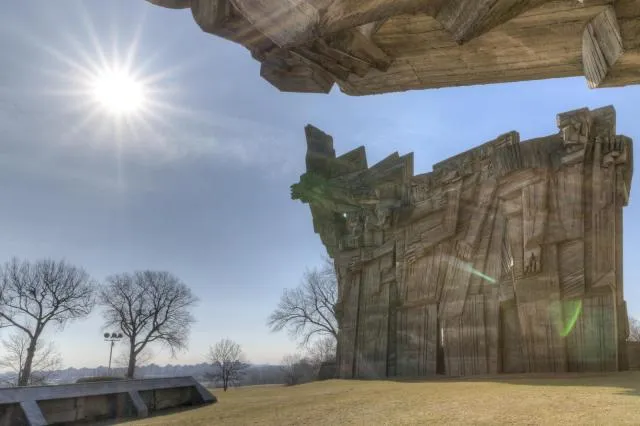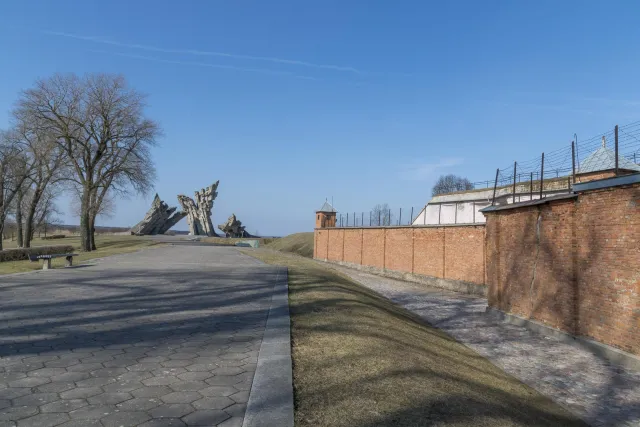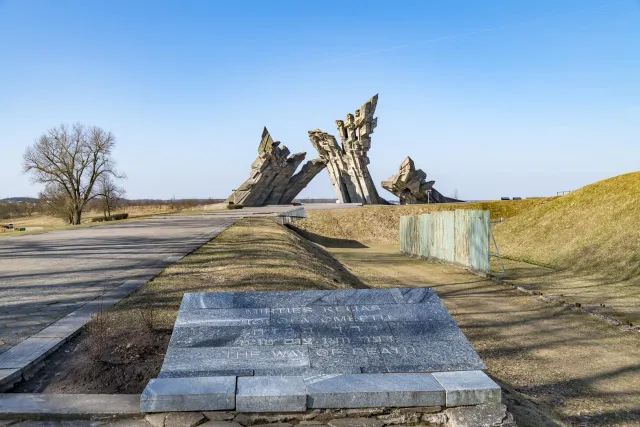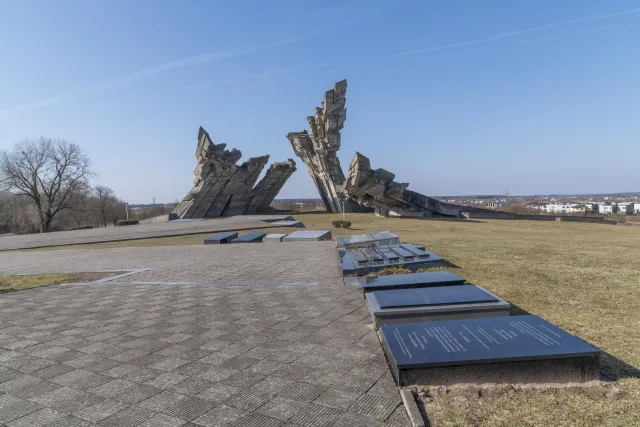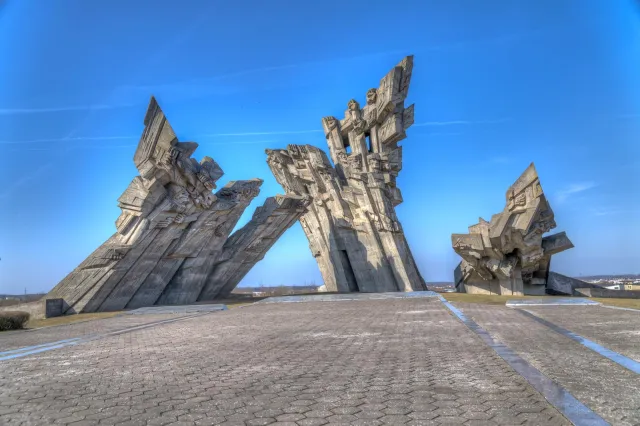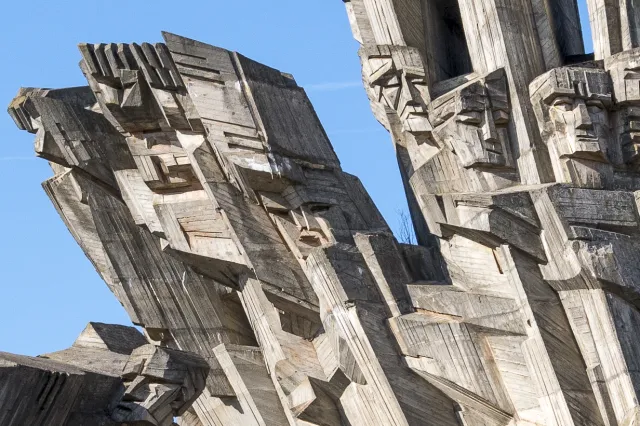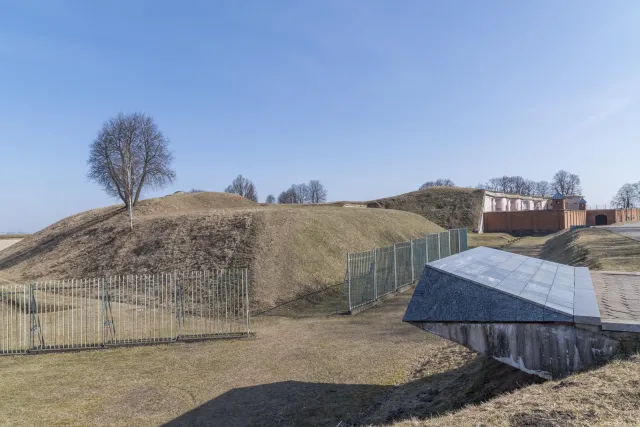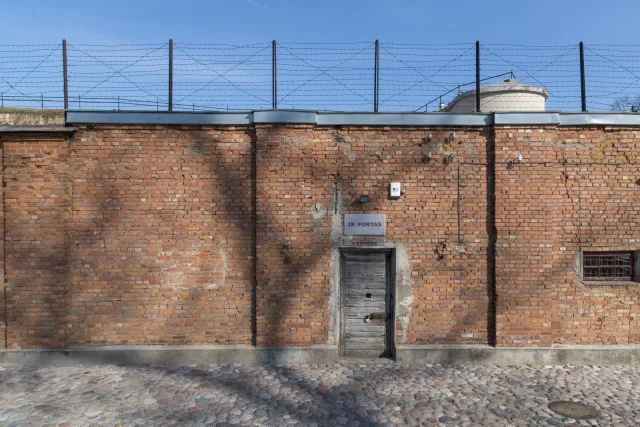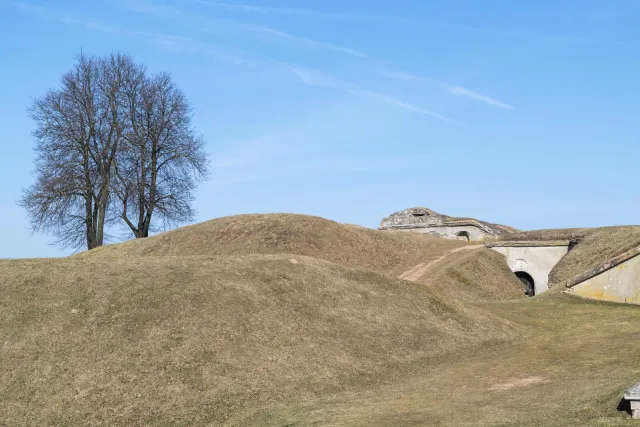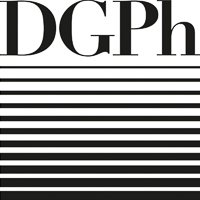The sources for the following outline of National Socialism in Lithuania can be found in the included links, well documented without a doubt. Many scientists worldwide have carefully revised this dark chapter in human history - whether for Germany, France, Lithuania, etc. Based on these facts, the number of those who embrace the repulsive ideas of the National Socialists of the 20th century should be reduced, even in the current information age. But the reality is different, although fact printing keeps the Holocaust deniers and harmonizers at bay, but the current path into the brown world no longer needs this argumentation aid. Now serve e.g. conspiracy theoretic groups like QAnon as an ideal bypass to the reality of history, in order to go straight into the preliminary phases of pronouns against suitable groups. It seems to be almost indifferent how stupid a fictional reality is constructed as long as it manages to serve as a vehicle for personal orientation, the personal state of mind. The probability of finding supporters for almost every stupid Ideology in the huge social networks is also high.
The only thing that helps is always to show "clear edge" and not to look away, so that the following explanation on the example of Lithuania cannot be repeated in any country or continent.
After the military occupation of Lithuania by the Red Army in 1940, many Lithuanians saw their liberators in the German troops who arrived on June 22, 1941. The newspaper Naujoji Lietuva (The New Lithuania) even wrote on July 4, 1941 in its editorial:
“The greatest enemy of Lithuania and other nations was - and still is in some places - the Jew. … A New Lithuania that joins Adolf Hitler's New Europe must be free of Jews. ”
One consequence of this basic mood - the almost unhindered Holocaust in Lithuania, in which the Jewish population of Lithuania was almost completely murdered between 1941 and 1944. Over 200,000 Jews were killed in Lithuania by the German Einsatzgruppen and their Lithuanian helpers. Numerous Lithuanians took part in the pogroms and in the murder of the Jewish population.
Just one day after the establishment of the Lithuanian secret police (Saugumo policija) on June 24, 1941, which worked closely with the German occupiers in the Holocaust, militant Lithuanians led the first pogrom on the night of 25 to 26 under the leadership of Algirdas climitis June 1941 in Kaunas, burned down a Jewish residential area with 60 houses, killing 1,500 Jews and a further 2,300 Jewish people in the following nights. The most devastating effect among the anti-Semitic Lithuanian forces was the Ypatingasis Būrys special command from the Vilnius area, which killed thousands of Jews (Ponary massacre). The Lithuanian labor guard also participated in the Holocaust. Many Lithuanian supporters came from the fascist organization Eiserner Wolf.
At the end of 1941, only 43,000 of the 215,000 Jews previously lived in Lithuania, including the Vilnius region. The majority of the Jews in Lithuania were not deported to concentration camps, but were brought together in makeshift collection points near their homes and then shot in front of excavated pits. The greatest “actions” (massacres) of this destruction were committed in the Ninth Fort near Kauen and in the forest of Aukštieji Paneriai south of Vilnius.
The IX fortas (Ninth Fort, Devintas fortas) in the Lithuanian city of Kaunas is a fortification completed just before the First World War, which today serves as a memorial for the victims of Stalinist persecution and Nazi mass murder, and which we have visited.
During the German occupation in World War II, IX. Fort at least 18,500 Jewish people from Lithuania and all over Europe murdered. After the German invasion, thousands of Jews were deported to the fort, ill-treated and shot by Lithuanian guards. The so-called great action was carried out on October 28, 1941, during which 9000 Jews, half of whom were children, were killed in the fort. Between November 25 and 29, 1941, Jews from Berlin, Frankfurt, Wroclaw, Vienna and Munich were shot in the fort. The murder of these 4,934 deportees is documented in the Jäger report.
In August 1943, as part of Action 1005, orders were given to open the mass graves there and to remove the bodies. The first graves on the west side of the fort were excavated by hand, and later a digger was added. By July 1944, up to 70,000 bodies were believed to be boarded and burned at the stake. The remaining detainee commando was shot as a secret agent, as is customary in such actions. However, 63 prisoners had broken out in December 1943, 14 of whom reached the ghetto and were able to report the atrocities there. [Wikipedia]
